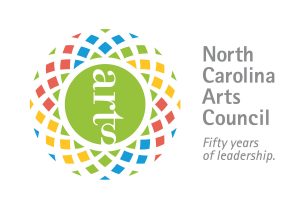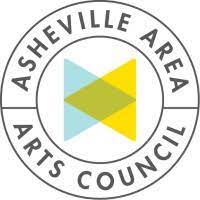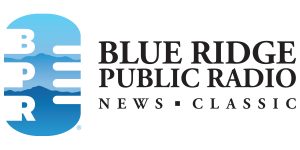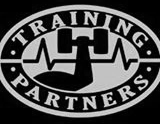This blog post is one of a three part series for our upcoming production of Thurgood at the North Carolina Stage Company, running April 26 – May 19. The show details the life of Thurgood Marshall and the run coincides with the 70th anniversary of the Brown v. Board of Education decision – a landmark case that ruled against the segregation of public schools in the United States. This blog series works to situate Asheville in the history of American desegregation and the Civil Rights Movement. This blog will explore the work of a student led civil rights organization known as ASCORE, including resources for further reading at the end!
The Asheville Student Committee on Racial Equality (ASCORE) was Black student organization formed in 1960 by Stephens-Lee high school students to address the disparate conditions of white and Black schools in Asheville and the surrounding counties. The founding members included James “Bo Bo” Ferguson, Charles Bates, James Burton, Marvin Chambers, and Burnell Freeman. Within a few short years, more Stephens-Lee students joined and ASCORE gained members from the all-girl’s Allen Home School. ASCORE was also supported by students at Warren Wilson College, the only integrated university in the South at the time.

Stephens-Lee High School, aka “The Castle on the Hill.” The main building was torn down in 1977, but the gymnasium was converted to a rec center and remains an important cultural resource today. UNCA Ramsey Archives, Special Collections.
ASCORE’s first project involved presenting research on the disparities between white and Black school facilities in Asheville, specifically between Stephens-Lee and Lee Edwards High schools. Their case was presented to the Asheville City School Board and culminated in the development and construction of the South French Broad High School to replace Stephens-Lee, which opened in 1965. ASCORE quickly realized that they could affect change across the entirety of the social sphere of Asheville. Advised by local Black business owner Will Roland and the only two Black lawyers in Asheville at the time, Harold Epps and Ruben J. Dailey, ASCORE soon became an effective operation for change in Asheville.
ASCORE students and their mentors developed an effective protest strategy in Asheville, weaponizing what historian Darin J. Waters coined as the Veneer of Racial Harmony. In other words, they capitalized on white Ashevillians’ need to protect a view of good race relations in the region in order to promote and continue tourism to the area. Taking inspiration from civil rights movements in Greensboro and across the nation, sit-ins and picketing lines were organized, working to integrate local restaurants and facilities. ASCORE found success in their efforts with the integration of Pack Memorial Library, fair hiring practices at the Winn-Dixie on College Street, and integrating local lunch counters such as Kress and Woolworth’s. These victories were won through hard work and dedication. Winn-Dixie did not capitulate to ASCORE’s requests for fair hiring practices until after a year of picketing and a Confederate flag was painted outside of Woolworth’s after a sit-in. In other instances, their efforts were in vain: Kenilworth Drug Store got rid of their indoor seating in order to avoid integrating their lunch counter.
ASCORE’s original goal of improving conditions in Black schools was not in league with school integration efforts, and where predominantly peaceful conversations and methods worked for the social arena, schools would become a battleground that demanded more. ASCORE’s successes in integrating the social arena of Asheville represents an important period for civil rights in Asheville’s history – these student’s efforts symbolize a small point in time before the heightened violence of school integration in which Black Ashevillians were able to leverage the area’s need for tourism to advance their fight for equality in the social arena of Asheville. This group also represents an important period in Asheville’s history. By the time ASCORE stopped being active in 1965, almost 100 students served as members of the organization and aided in furthering equality for Black Ashevillians.
To learn more about the people involved in ASCORE and the work they did, check out the Center for Diversity Education’s With All Deliberate Speed and the African American Heritage Resource Survey by the City of Asheville. Both sources offer more information on the people who made ASCORE a success, and the hard work required to make change in their communities.~
Additional resources:
More about Stephens-Lee High School and Community Center
Written by Quinn Terry, NC Stage Box Office Manager and history buff

















